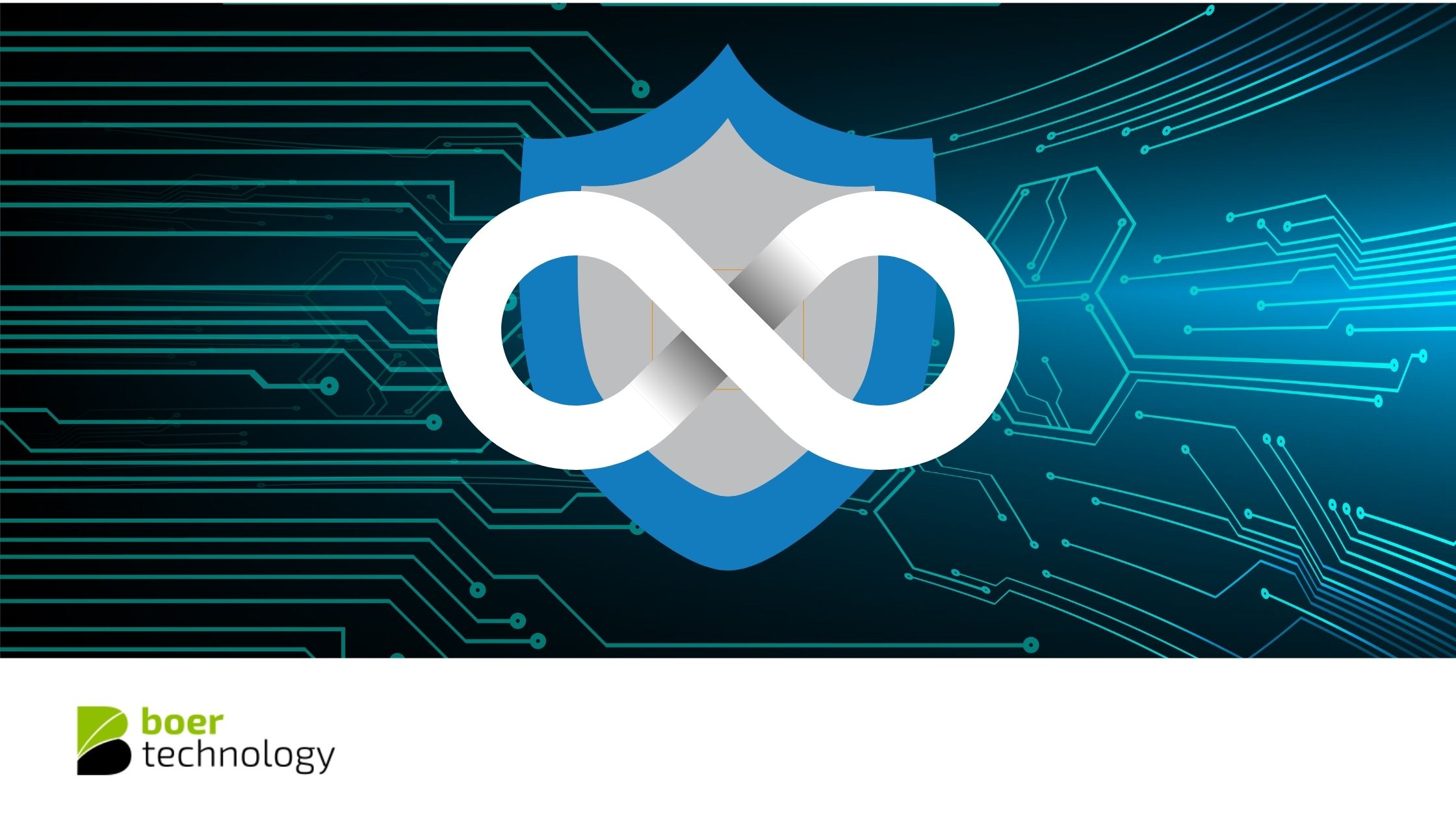Implementing DevSecOps: A Comprehensive Guide
As organizations increasingly rely on digital technologies to drive growth and efficiency, ensuring the security of software development and operations has become paramount. DevSecOps, an approach that integrates security practices into the DevOps process, offers a robust framework for achieving this. By embedding security at every stage of the software development lifecycle, DevSecOps aims to create a culture of continuous security improvement. This article delves into the key aspects of implementing DevSecOps and how it can benefit organizations.
Understanding DevSecOps
DevSecOps stands for Development, Security, and Operations. It extends the principles of DevOps, which focus on the integration and automation of software development (Dev) and IT operations (Ops), by embedding security (Sec) into the process. The primary goal of DevSecOps is to ensure that security is not an afterthought but an integral part of the development and operations workflow.
Key Components of DevSecOps Implementation
-
Cultural Shift: The first step in implementing DevSecOps is fostering a cultural shift within the organization. This involves breaking down silos between development, security, and operations teams, and promoting a collaborative environment. All team members should be educated about the importance of security and encouraged to prioritize it in their daily tasks.
-
Automation of Security: Automation plays a crucial role in DevSecOps. By automating security testing and monitoring, organizations can ensure that security checks are consistently applied throughout the development process. Tools like Static Application Security Testing (SAST) and Dynamic Application Security Testing (DAST) can be integrated into the CI/CD pipeline to identify vulnerabilities early.
-
Continuous Monitoring: Continuous monitoring is essential for maintaining security in a DevSecOps environment. This involves using tools to continuously track the performance and security of applications in real-time. Monitoring helps in identifying potential security threats and addressing them promptly before they can cause significant damage.
-
Security as Code: Treating security as code involves incorporating security policies and configurations into the codebase. This allows security measures to be versioned, reviewed, and tested just like application code. Infrastructure as Code (IaC) tools like Terraform and Ansible can be used to define and manage security configurations programmatically.
-
Risk Management and Compliance: Implementing DevSecOps also requires a focus on risk management and compliance. Organizations should establish policies and procedures to ensure that their security practices meet industry standards and regulatory requirements. Automated compliance checks can help in maintaining adherence to these standards throughout the development lifecycle.
Steps to Implement DevSecOps
-
Assessment and Planning: The first step is to assess the current security posture and identify gaps that need to be addressed. This involves evaluating existing processes, tools, and team structures. Based on this assessment, a comprehensive plan for implementing DevSecOps should be developed.
-
Tool Selection and Integration: Choosing the right tools is critical for the success of DevSecOps implementation. Organizations should select security tools that integrate seamlessly with their existing CI/CD pipeline. The integration process should focus on automating security testing, monitoring, and compliance checks.
-
Training and Awareness: Training and awareness programs should be conducted to educate development, security, and operations teams about the principles and practices of DevSecOps. This includes training on the use of new tools, as well as best practices for secure coding and risk management.
-
Pilot Projects: Starting with pilot projects can help in testing and refining the DevSecOps implementation plan. These projects should be carefully monitored to identify any issues and make necessary adjustments before scaling up to the entire organization.
-
Continuous Improvement: DevSecOps is an ongoing process that requires continuous improvement. Regular audits, feedback loops, and retrospectives should be conducted to evaluate the effectiveness of security measures and identify areas for improvement. This iterative approach helps in adapting to changing security threats and evolving business needs.
Benefits of DevSecOps Implementation
-
Enhanced Security: By integrating security into every stage of the development process, DevSecOps significantly reduces the risk of vulnerabilities and breaches. Early detection and mitigation of security issues lead to more secure applications.
-
Faster Time to Market: Automation of security processes accelerates the development and deployment of applications. This allows organizations to deliver new features and updates to customers more quickly without compromising security.
-
Improved Collaboration: DevSecOps fosters a culture of collaboration between development, security, and operations teams. This leads to better communication, more effective problem-solving, and a shared responsibility for security.
-
Cost Savings: Addressing security issues early in the development process is more cost-effective than fixing them after deployment. DevSecOps helps in reducing the costs associated with security breaches, compliance violations, and post-release patches.
Conclusion
Implementing DevSecOps is a strategic approach to ensuring the security and efficiency of software development and operations. By embedding security practices into the DevOps process, organizations can create a culture of continuous security improvement, enhance collaboration, and achieve faster time to market. As the threat landscape continues to evolve, DevSecOps provides a robust framework for managing security risks and delivering secure, high-quality applications.
Read Also: HOW DEVSECOPS IS THE TREND
Read Also: UNDERSTANDING DEVSECOPS SOLUTIONS

